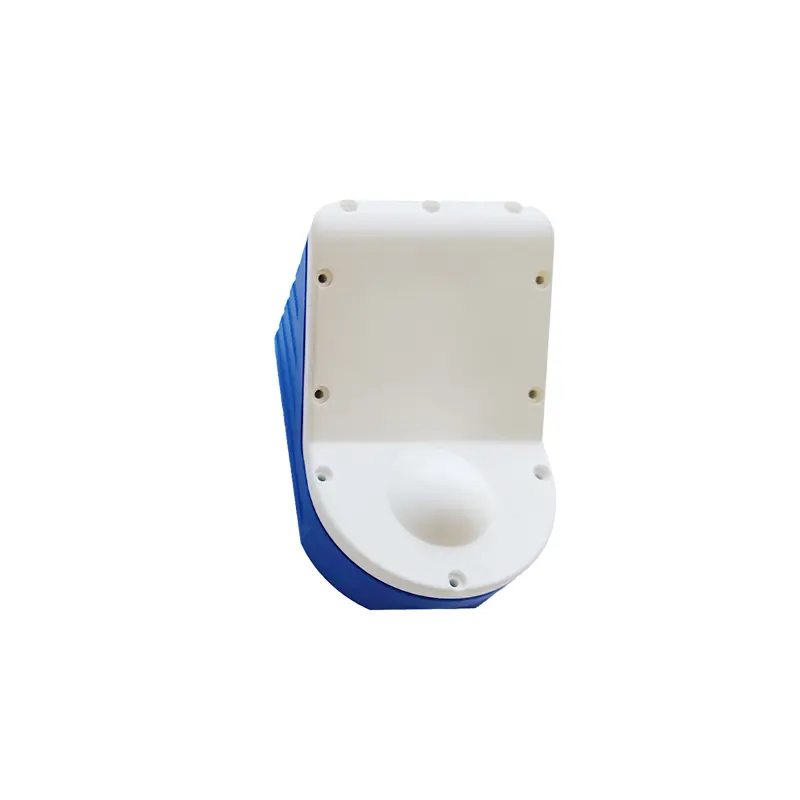Singapore, February 14, 2025 — In a significant advancement for urban water management, Singapore’s municipal government has begun to implement innovative water temperature radar flow velocity sensors throughout its extensive drainage and water management systems. This cutting-edge technology is poised to transform the way the city-state monitors and manages its water resources, addressing environmental challenges while enhancing public safety and urban resilience.
Improved Water Management Strategies
The integration of water temperature radar flow velocity sensors marks a pivotal step in Singapore’s commitment to becoming a Smart Nation. These sensors provide real-time data on water temperature and flow velocity in various waterways and drainage systems across the island, enabling the Urban Redevelopment Authority (URA) and the Public Utilities Board (PUB) to make informed decisions regarding water management and flood prevention.
“By understanding the temperature and flow patterns in our waterways, we can better predict and respond to potential flooding events, manage water quality, and optimize our overall water resource allocation,” said Dr. Tan Wei Ling, Director of Water Management at PUB. “This technology not only supports our goals for sustainable development but also enhances our residents’ quality of life.”
Enhancing Flood Resilience
Singapore is renowned for its advanced infrastructure and proactive measures to mitigate flooding risks, especially during the monsoon season. The recent installation of these sensors allows for more precise monitoring of water levels and flow rates, enabling authorities to issue timely alerts and coordinate more effective responses to extreme weather events.
In 2023, Singapore experienced several severe rainfall events that led to localized flooding, impacting businesses and commuting patterns. The data derived from the water temperature radar flow velocity sensors will significantly improve predictive models, allowing for swift action to prevent similar incidents in the future.
“Having real-time access to flow velocity and temperature data allows us to adjust our response strategies dynamically and deploy resources more effectively,” explained Lim Hock Seng, a senior engineer with the PUB. “This proactive approach is critical in ensuring that our urban environment remains safe and resilient.”
Monitoring Water Quality and Environmental Impact
Beyond flood management, the sensors also play a vital role in monitoring water quality. Temperature can influence the dissolved oxygen levels in water, affecting aquatic life and overall ecosystem health. By collecting real-time data on water temperature and flow, the city can detect changes in environmental conditions that may signal pollution or other issues.
“This technology is essential for maintaining the ecological integrity of our waterways,” said Dr. Chloe Ng, an environmental scientist with the National University of Singapore. “Understanding how water temperature affects flow and quality can help us make better decisions regarding conservation efforts and habitat protection.”
Data-Driven Urban Planning
The insights gained from water temperature radar flow velocity sensors are expected to contribute to data-driven urban planning initiatives. The information collected will guide future infrastructure developments, ensuring that new projects align with Singapore’s sustainability goals and improve flood resilience.
“It’s about building a city that adapts to the changing climate while enhancing the living experience for our residents,” stated Mr. Ong Kian Chun, a senior planner at URA. “Integrating technology like this into our planning processes is crucial in realizing our vision of a Sustainable Singapore.”
Community Engagement and Awareness
The municipal government is also focusing on community engagement regarding the new technology. Public workshops and informational campaigns are being held to educate residents about the impact of climate change on local waterways and the advantages of using advanced monitoring systems.
“By involving the community, we not only improve transparency but also foster a sense of responsibility among residents to uphold water conservation and management efforts,” said Joan Lim, head of the community outreach program at PUB.
Conclusion
The implementation of water temperature radar flow velocity sensors represents a significant milestone in Singapore’s journey toward advanced water management solutions. With enhanced capabilities to monitor and manage water resources, the municipal government is better equipped to protect its citizens, enhance urban resilience, and safeguard the environment. As Singapore continues to innovate and adapt in the face of climate challenges, these technologies will play a crucial role in shaping the future of the city-state’s water management strategies.
For more water radar sensor information,
please contact Honde Technology Co., LTD.
Email: info@hondetech.com
Company website: www.hondetechco.com
Post time: Feb-14-2025


